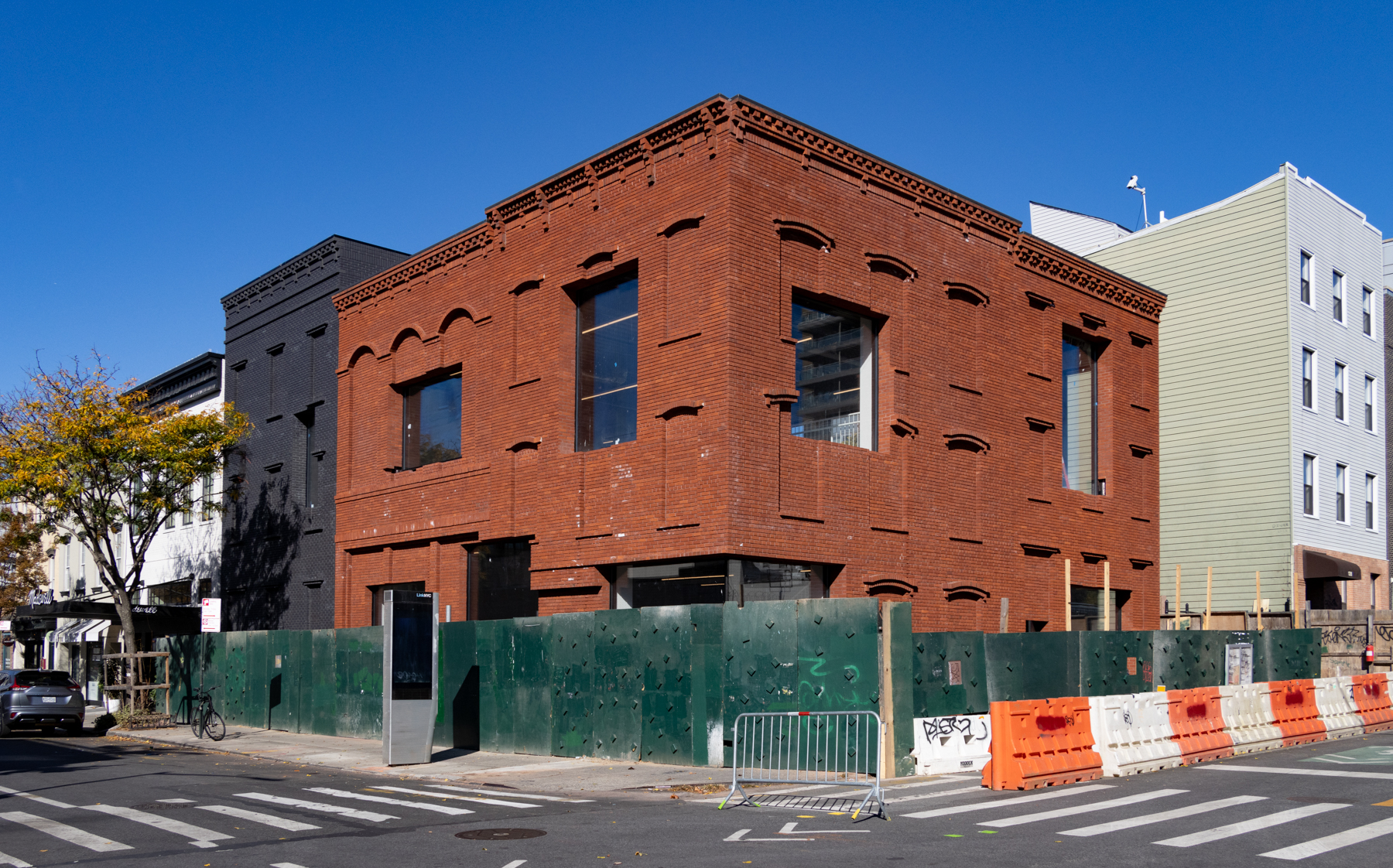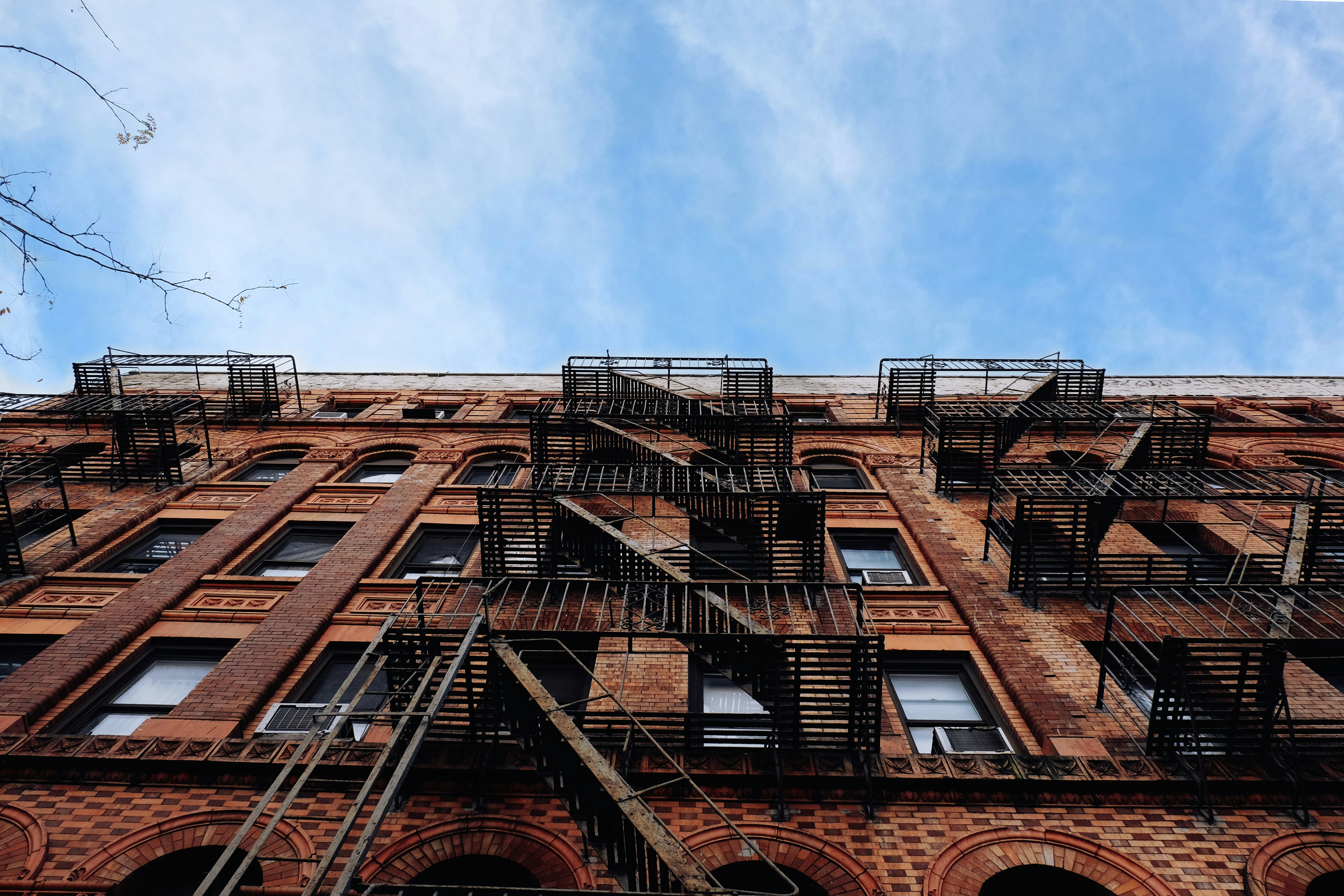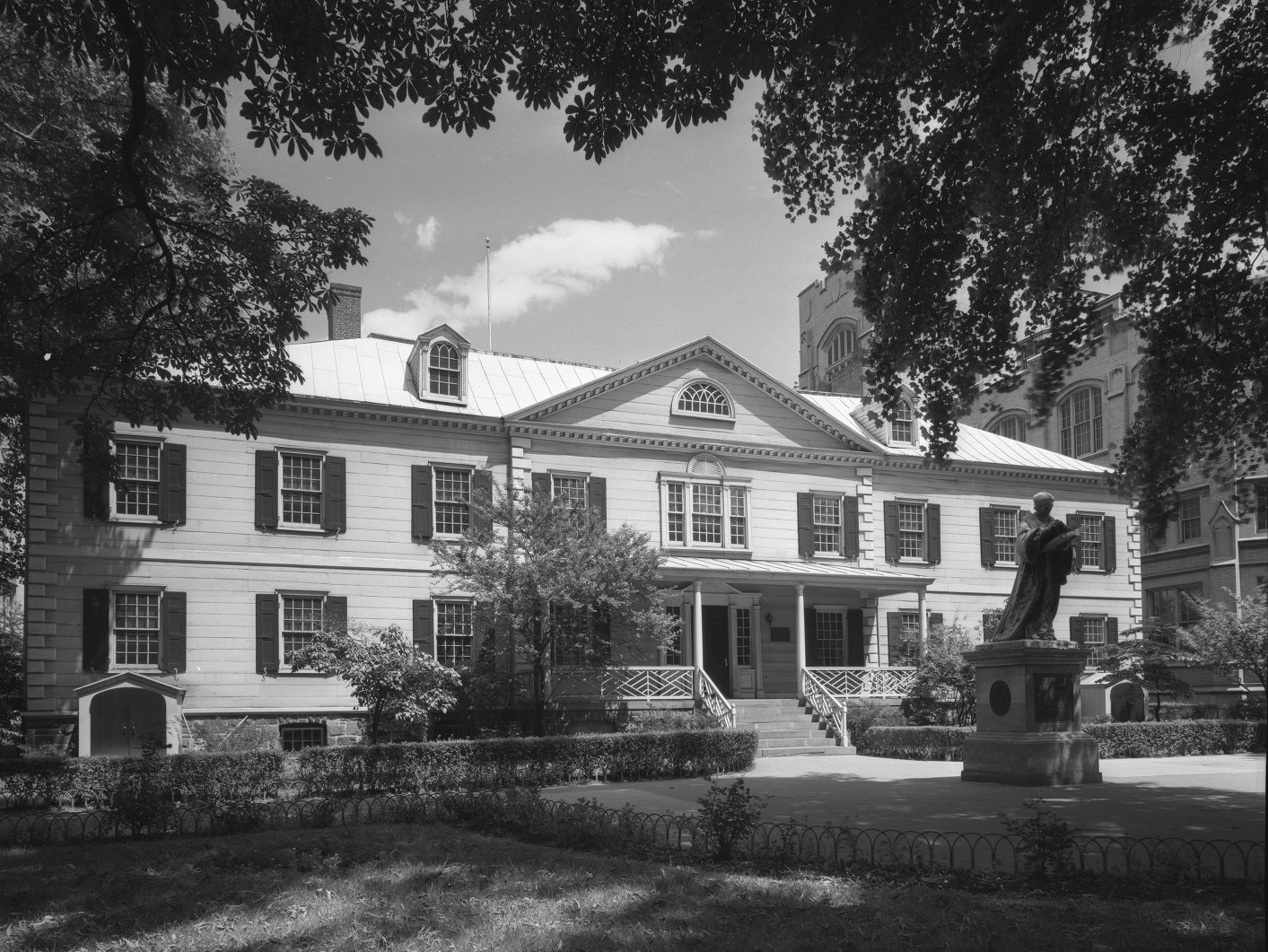Walkabout: Louis J. Horowitz, Developer and Builder
The great architects who built our city would not have been able to do so had it not been for the investors and moneymen and women behind them, especially when it comes to large projects such as office buildings, hotels and apartment buildings. There usually has to be an investor, or group of investors, behind…


The great architects who built our city would not have been able to do so had it not been for the investors and moneymen and women behind them, especially when it comes to large projects such as office buildings, hotels and apartment buildings.
There usually has to be an investor, or group of investors, behind every great building. An architectural project also needs a building team; engineers, contractors, and the men leading the teams of skilled and unskilled workers.
As larger buildings got more and more complex, and building methods and materials came into the 20th century, a man who controlled the money, or the building construction, would be a powerful man, indeed.
Before Donald Trump, or Cushman-Wakefield, Brooklyn nurtured the talent and early successes of Louis J. Horowitz. Louis J. Horowitz was a classic immigrant success story.

He was born in Czestochowa, Poland in 1875. In 1892, he and his father immigrated to America, virtually penniless. He was 17.
He spent his first years in America as an errand boy and shoe salesman. But by 1899, only seven years after landing on these shores, he was in the real estate business.
Not just as a buyer of a house, but as a developer of the newest form of habitation: the upper class apartment building, in the most important of neighborhoods Brooklyn Heights.
The Brooklyn Eagle records that Horowitz bought 183 Columbia Heights in October of 1899, the site of a successful stable, located on one of Brooklyn Heights’ most desirable blocks.

He announced that he was building a seven story apartment house on the site.
There were initial protestations from neighbors that an apartment building was not the sort of edifice that Colombia Heights needed, but Horowitz and his broker, the eminent Vennette Pelletreau, were able to convince them that this would be a building of the highest order.
He commissioned Frank S. Lowe to design the building. Lowe would design at least one other building for Horowitz in the Heights.
The building, called the Riverview, would house one of Brooklyn Heights’ first elevators, as well as seven apartments, one on each floor, each with eight rooms, including a bathroom, butler’s pantry and separate servant’s toilet.
The Riverview was finished in 1900. According to an ad in the Eagle, each apartment had electric light, liveried hall and elevator boys in attendance, both day and night.
Steam heat, hot water supply, cabinet trim, latest open sanitary plumbing, hardwood floored tiled bathroom floors and walls, long distance telephone in each separate apartment; gas ranges, glass lined refrigerators, gas grates and superb decorations.
The building was an immediate success, and Horowitz soon sold it to William Bolton, the drug store king, the topic of a previous Walkabout, for $75,000.
This was the beginning of Louis Horowitz’s career as a one of the pioneering apartment developers in Brooklyn Heights. In his obituary, the New York Times, describes Horowitz as a little known real estate operator in Brooklyn.
That was certainly not the case for those involved in business with him at the time. Horowitz was a major player in the Heights, the area of town where business and residential concerns were hand in hand.
The success of the Riverview led to Horowitz building another smallish luxury apartment building called the Baltusrol, on Hicks and Orange Street, followed by a huge project, the Florence Court Apartment Hotel, on the corner of Hicks and Pierrepont.
This building was lauded in the Brooklyn Eagle in 1901 for its grand lobby, impressive dining room and luxurious accommodations.
It was also designed by Frank Lowe. More projects followed, most notably, Horowitz’s 1901 purchase of the Montague, the groundbreaking Brooklyn Heights apartment building designed by the Parfitt Brothers in 1885-86.
He turned the building into an apartment hotel, reconfiguring rooms and suites, and adding a ground floor restaurant.
In 1902, Louis Horowitz and partners, including William Bolton and Vennette Pelletreau, established the Brooklyn Heights Improvement Company.
Their first project was the Touraine, an apartment building on Clinton St. It was followed by the purchase of the Argyle, an apartment hotel which once stood on Pierrepont Street.
Their eventual goal was to own all of the major apartment hotels in Brooklyn Heights. They made offers to the owners of the Margaret, the St. George, and Clarendon Hotels, as well as others.
The plan was to consolidate all of the operations of the Heights hotels into one efficient operation. Louis worked on this plan day and night, and in 1902, contracted tuberculosis.
The Brooklyn Eagle reported that Mr. Horowitz was going to embark on a long trip to Europe. In actuality, he was going to Europe to rest and heal.
He visited Paris, checked into the Eagle’s European office, and went to the Swiss Alps, where he remained for a year. At the time of his departure from Brooklyn, he was only 27 years old.
When he returned, in 1903, he was hale and hearty. He married a lady named Mary Decker, and settled in Manhattan. His interest in Brooklyn then seemed to wane.
Manhattan was calling. And it had a really, really big phone called the Woolworth Building.
The rest of our tale on Thursday.











A comment about wording related to architects. As much as i like and admire them, they don’t actually build the buildings. That word is used, but contractors and developers build the building, architects design and watch over. Maybe 100 years ago some did….